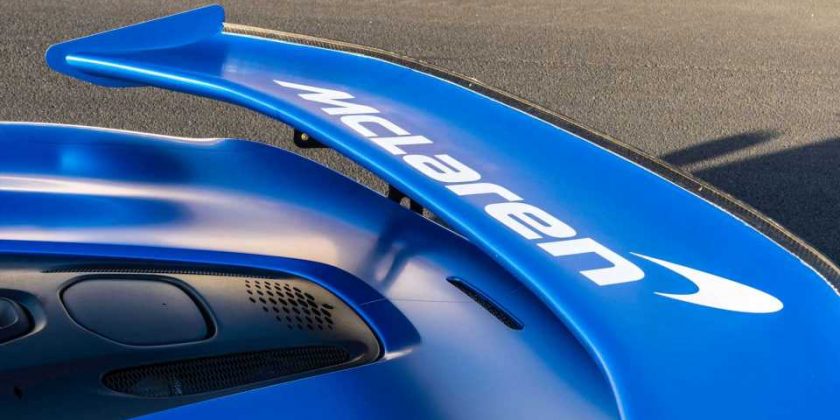An insider claims that the McLaren 750S will debut in April as the replacement for the 720S, according to Automotive News. The new model will allegedly use a 4.0-liter, twin-turbocharged V8 making 740 horsepower (552 kilowatts), rather than 710 hp (529 kW) from the vehicle’s predecessor.
“It’s not as extreme as 765, but it is a little more aggressive than 720,” the source said about the styling for the 750S. We will allegedly see a teaser for the new model in late February.
Gallery: McLaren 720S with Gulf livery
The cabin reportedly has a floating tablet infotainment screen with a similar style to what’s in the Artura. The switches for altering the suspension and drive modes are allegedly on the instrument cluster bezel.
At the product launch, the coupe and convertible variants will debut at the same time, rather than staggering their unveiling at different times. McLaren won’t build a long-tail variant, according to this person. Prices allegedly start around $342,000.
Motor1.com reached out to McLaren to confirm this info. “McLaren does not speculate or comment on future product,” a spokesperson told us.
McLaren President Of The Americas Nicolas Brown offered some hints about the 750S in January. He called it “a refinement of 720,” and said: “It’s not a next-generation, all-new, ground-up vehicle.” Despite not yet debuting, Brown indicated the 750S was already sold out until the latter part of 2024.
McLaren recently announced a partnership with the Lockheed Martin Skunk Works. The automaker wants to adapt the aerospace company’s design software to shape future supercars. It’s not clear whether the 750S could be among the vehicles benefitting from this collaboration
Beyond the 750S, there are persistent rumors about McLaren building an electric SUV. The company says it is under consideration, but there isn’t a final decision yet. A sedan might be in the cards, too.
McLaren also allegedly signed a memorandum of understanding with BMW last year with the goal of collaborating on an electric vehicle architecture specifically for sports cars. Unfortunately, there are no other details about what they are planning or when products using this platform might arrive.
Source: Automotive News
Source: Read Full Article

